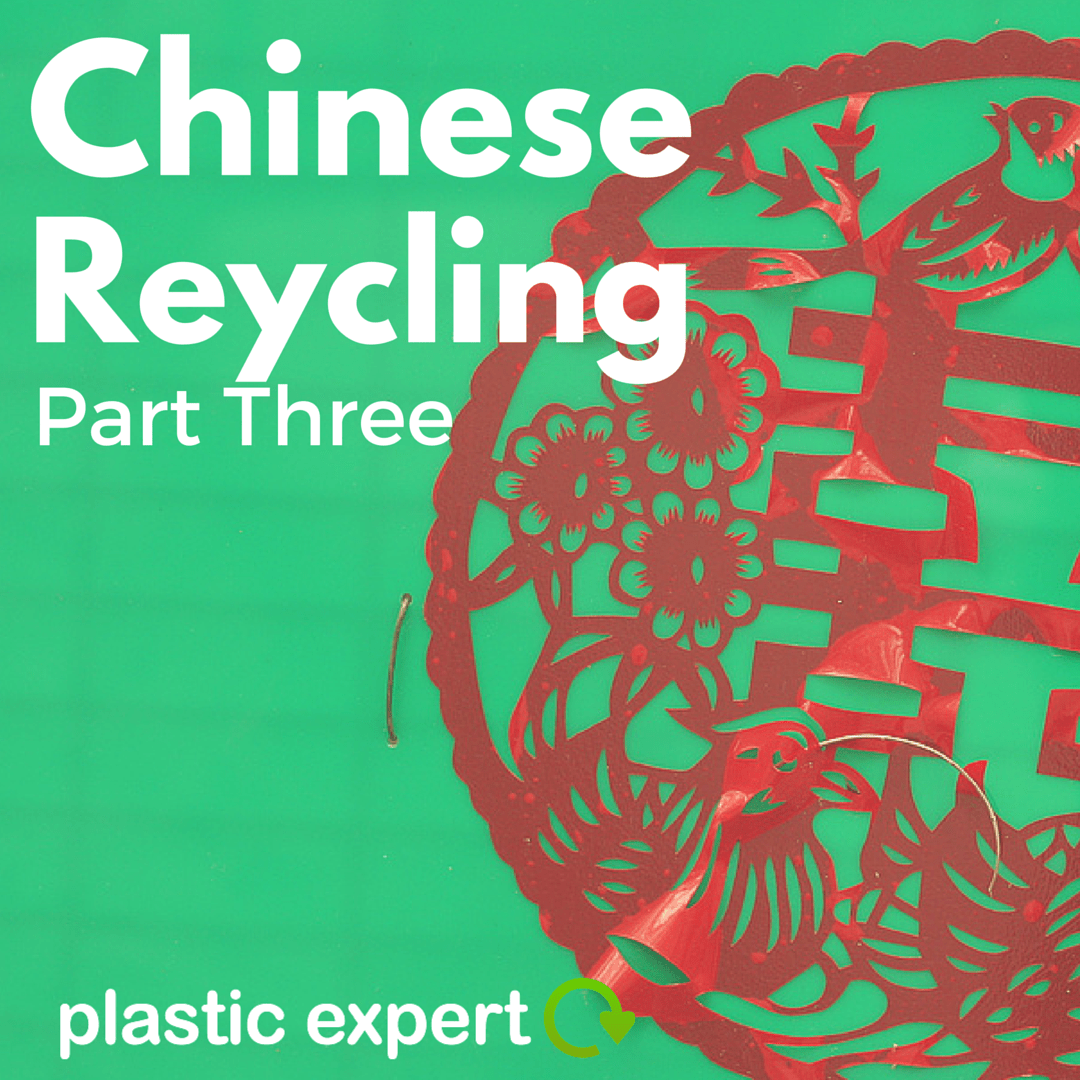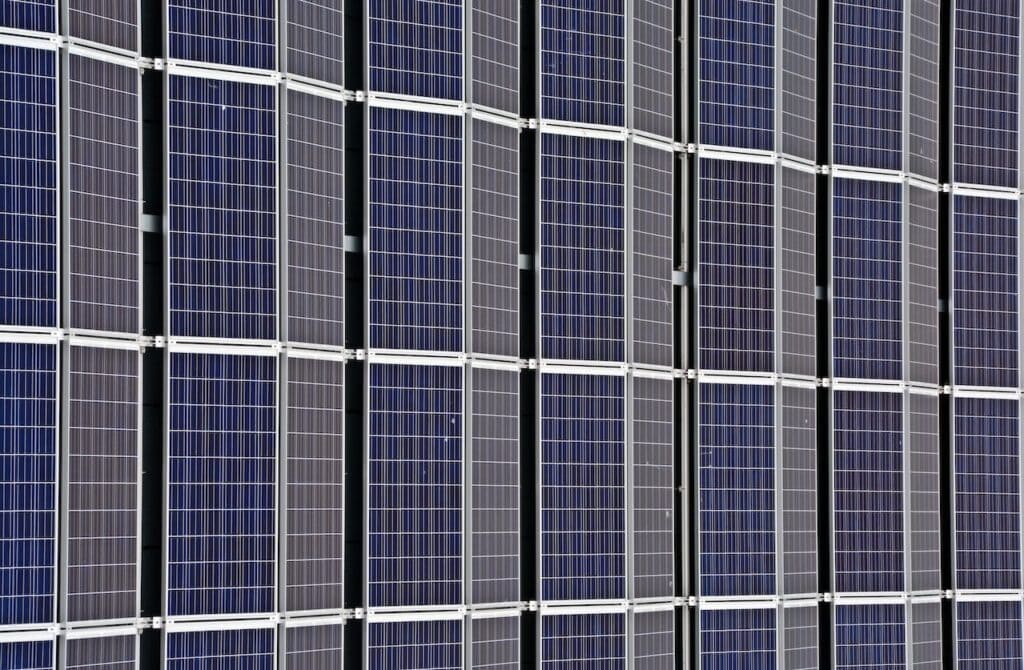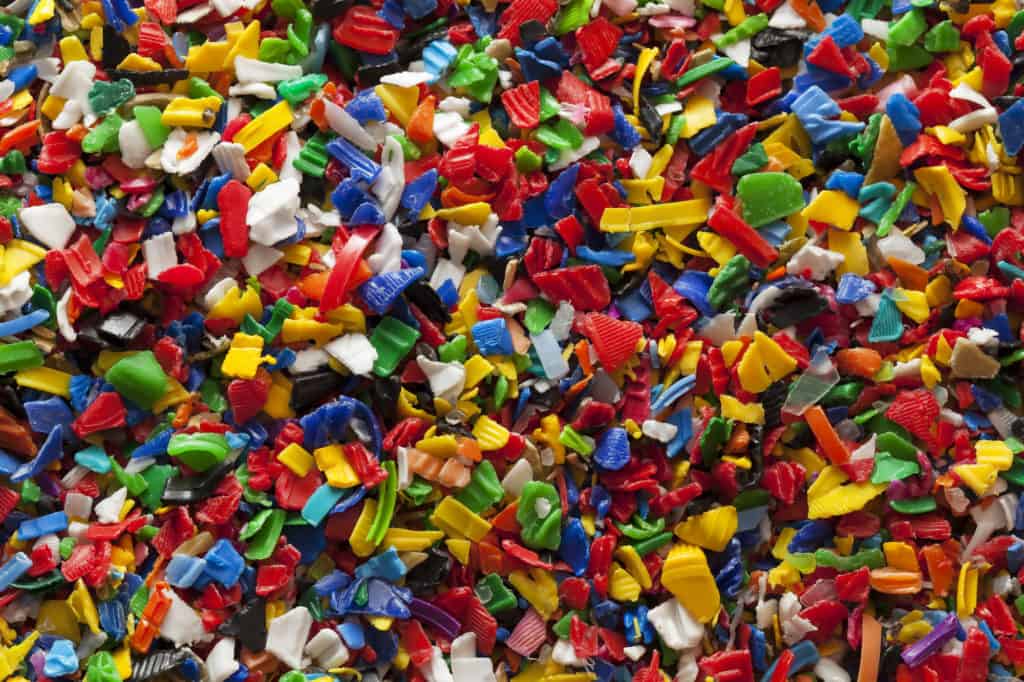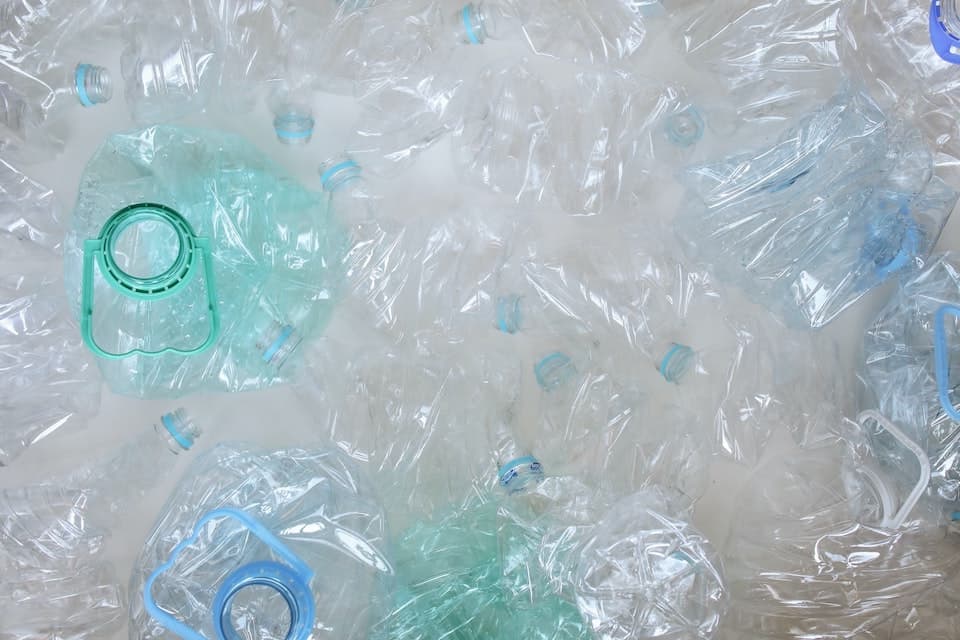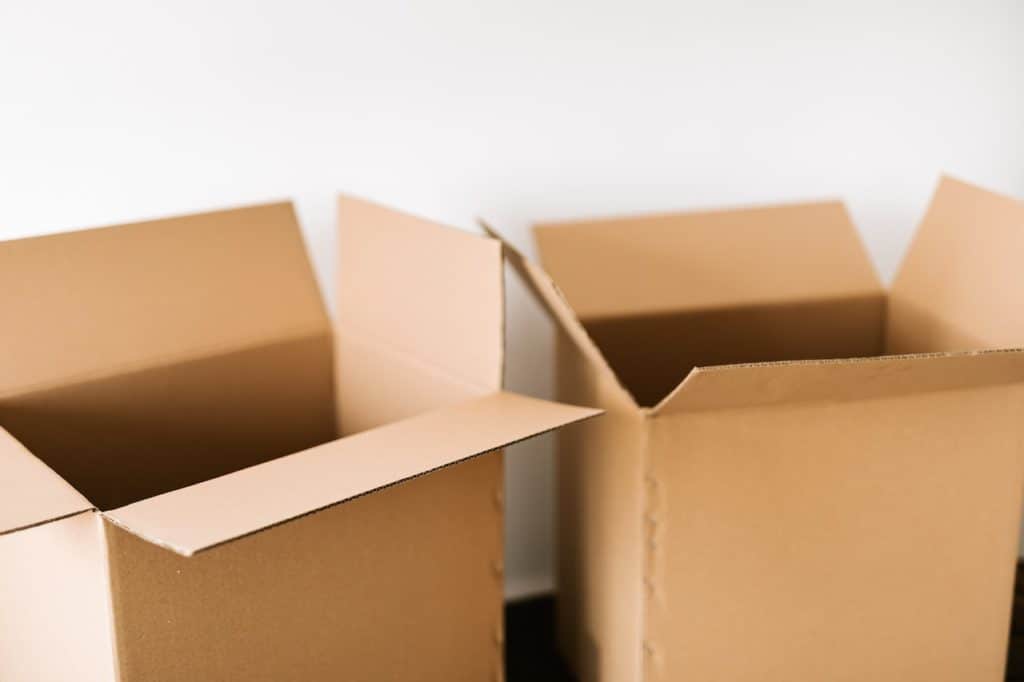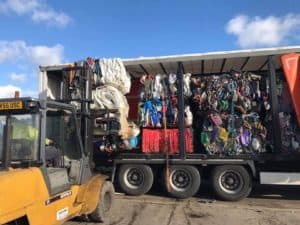China is the most populated country in the world, meaning it has a great advantage in terms of manpower.
Over the last few centuries, the Chinese have done a great job maximizing this man power and continue to grow their population. However, you may be surprised to know that the population growth rate is actually currently lower than the UK, but due to the sheer amount of people China has, it appears to grow much faster.
China created and developed many powerful industries to supply work to each of their capable citizens. Unfortunately, these industries came to produce a lot of solid waste concurrently, making China number one in a statistical study about the largest exporters and importers of solid waste globally. According to UN Comtrade – data for 2012, China is the top exporter and importer of the global recycling market, which carries almost 73.1% (import) and 26.9% (export) of the total recycling market.
China’s Recycling Market
Because of the rapid growth of waste, China chooses to live a more eco-friendly lifestyle. They used their great advantage in manpower to improve recycling capabilities and thus became not only the world’s largest waste handler, but the world’s largest waste recycler.
In fact, China’s recycling market is their largest industry after agriculture – this industry employs a massive portion of the Chinese population. There are recycling companies, segregation companies and also there are self-employed, informal recyclers who collect recyclable materials on their own, bring it to recycling companies and then, sell it. These people remain unknown to government because of tax avoidance, and also due to the lack of structure, often cause difficulties in collection management. Thanks to strong recycling prices, many ‘man and cart’ freelance recyclers can make a decent salary by hand-collecting waste.
Imported Recyclables
The imported recycling markets are large industries and tend to import solid waste globally – making them the number one importers of solid waste (as mentioned earlier). At first (many years ago), they accepted almost all kinds of imported recyclable, with the United States exploiting this and exporting solid waste as their largest exported good to China. However, China learned that their industries were not capable of recycling all types of imported recyclable goods. With this realisation they reassessed the situation and thus they became strict in accepting some of these imports; to add to their decision, some of the waste materials were toxic and recycling them was harmful, and uneconomical. This process also brought advancements to their recycling prices, as they became visibly stronger and more decisive. They called this the “Green Fence Program”. China allocated almost RMB17* trillion (UK £1.8 trillion) for environmental protection projects like the Green Fence Program.
*RMB = Yen

After Green Fence
Recycling markets are actually composed of large scale recycling industries (usually in the cities and towns) and small scale recycling industries (ran by families, usually on city outskirts and rural areas). Unfortunately, many of these small family-run recycling businesses (almost 70 percent) quit or disbanded after the green fence program was implemented by the Chinese government, leaving a lot of unemployed citizens. This goes to show how many people were engaged in dangerous or non-beneficial recycling activities!
The first reason is that the small recyclers weren’t able to meet the environmental standards, or deal with the lack of profit due to more competitive recycling prices. China’s waste plastics imports peaked in 2012 at 8.88 million metric tonnes, then dropped to 7.88 million metric tonnes in 2013 due to the “Green Fence,” and slightly recovered to 8.26 million metric tonnes the year after. These affected the recycling prices a lot.
Let the Cycle Spin Again
“Even though some recyclers are reducing their import volume or shifting to other businesses, new applications for import permits have been gradually increasing” – stated Mr. Ning Hongtao, president of the Plastics Recycling Committee (PRC) of China Plastics Processing Industry Association.
This statement shows that China doesn’t need to sacrifice their environment to be able to raise the Recycling Market again. They are now focusing on the control of domestic waste and collection of domestic recyclables as a replacement for the decrease of imported recyclable products – caused by the green fence initiatives.
Because of better monitoring and allocations, China’s plastic recycling rate has been on a steady upward trend in the past five years, reaching 30 percent in 2013. Some small recyclers are forced to shut and combine with larger recycling companies. Some micro recyclers are now specialized and focused on a specific recyclable material. China has really considered all possibilities of a better recycling market.
It is said that China aims to end the import of waste within the next couple of decades, and only recycle their own waste. First, they must massively improve recycling rates, legislation and collection management, but in truth, it’s not hard to see them achieving this dream. In fact, it’s likely that they will do it all under the radar, until one day, much like the Green Fence, they shock the world.

